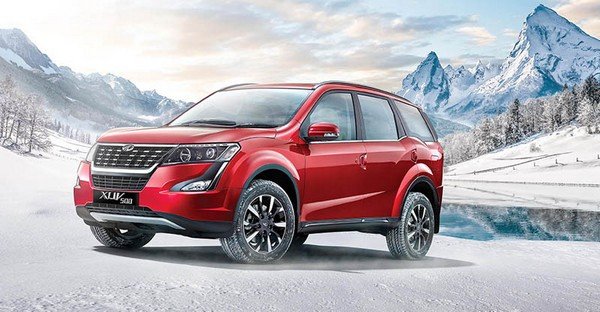Popular News
YOU MIGHT BE INTERESTED IN
Tata Harrier Could Be The Biggest SUV In Its Class - Dimension Comparison With Competition
by Vivaan Khatri |
03/12/2018
The latest reveal from Tata Motors makes Tata Harrier one of the biggest cars in its class. Let's compare its dimensions with others to get a better picture.









 Follow us on google news
Follow us on google news
